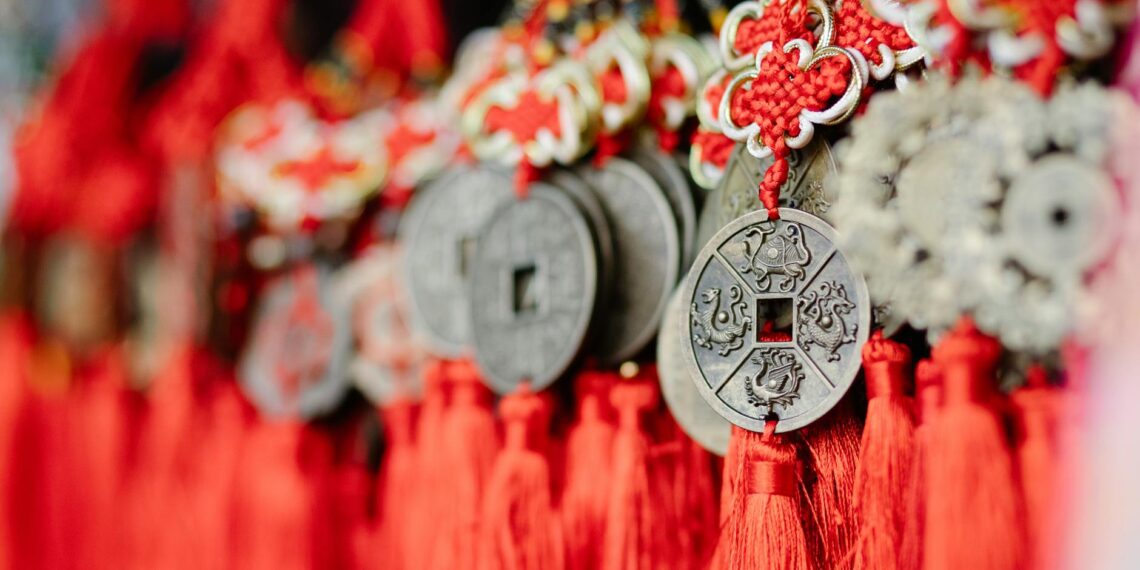Authenticating a coin is essential for collectors to ensure they are acquiring genuine and valuable pieces. There are several steps you can take to verify a coin’s authenticity:
- Understand the Coin’s Specifications: Familiarize yourself with the historical details of the coin, including its year of mintage, the mint that produced it, and its historical context.
- Study Design Features: Learn about the intricate details of the coin’s design by consulting official images from reliable sources like the United States Mint or recognized numismatic organizations.
- Know the Weight and Dimensions: Authentic coins adhere to specific weight and size standards.
- Measure the Weight and Diameter: Use a precision scale to measure the coin’s weight and compare it against official specifications. Even slight deviations could indicate a counterfeit. Use calipers for accurate diameter and thickness measurements.
- Examine the Surface: Inspect the coin’s surface under magnification. Look for natural wear patterns on authentic coins and check for the sharpness of the design features; blurred details may suggest a counterfeit. Be wary of scratches, tool marks, or blemishes that could indicate tampering, and note that cast counterfeits might have air bubbles, pits, or seams.
- Analyze Edge and Rim: Check the edges and rims for well-defined features, consistent reeding, or lettering; uneven or poorly defined edges can be a sign of a counterfeit.
- Test for Magnetism: Most genuine precious metal coins are non-magnetic. If a coin is attracted to a magnet, it could be a fake made of base metals. However, some legitimate coins, like the 1943 Lincoln cent, are magnetic.
- Perform a Sound Test (“Ping” Test): Gently tap the coin and listen to the sound it produces. Genuine precious metal coins should have a clear ring, while counterfeits might sound dull.
- Professional Grading Services: Consider submitting coins to reputable grading services such as PCGS or NGC. Experts at these organizations authenticate and grade coins, sealing them in tamper-evident holders with labels indicating their authenticity and grade.
- Metal Composition Testing: For valuable coins, consider methods like XRF analysis or electronic gold testers to determine the metal content.
- Consult Numismatic Experts: If you have doubts, seek the opinion of experts like coin dealers or appraisers.
- Purchase from Reputable Dealers: Buy coins from established dealers.
- Demand Documentation: Ask for certificates of authenticity or grading certificates.
- Beware of Deals that Seem “Too Good to Be True”: Unusually low prices can indicate a counterfeit.
Following these guidelines can increase your confidence in authenticating coins and protect your investments.









How do you get a coin authenticated?
Great question! Pay To Join A Submission Club.
Fill out the paperwork required to identify the coin and provide an insurance value.
Package the coins according to the grading company’s standards.
Include a check or credit card info to pay for the grading.
Send the coins into the grading company.
How to check the authenticity of a coin?
From my experience, The color. Color is a unique characteristic of each coin. …
Brightness. This is obtained during minting and like color is a characteristic of each alloy.
Smoothness. Parts of the coin that are not engraved should be smooth, even and without porosity.
Wear and tear. …
Latent image. …
Microtext.